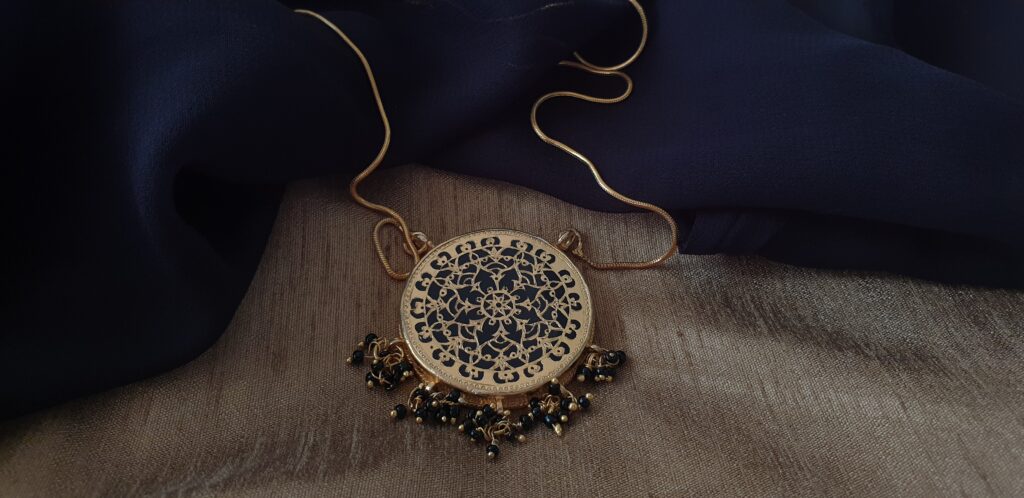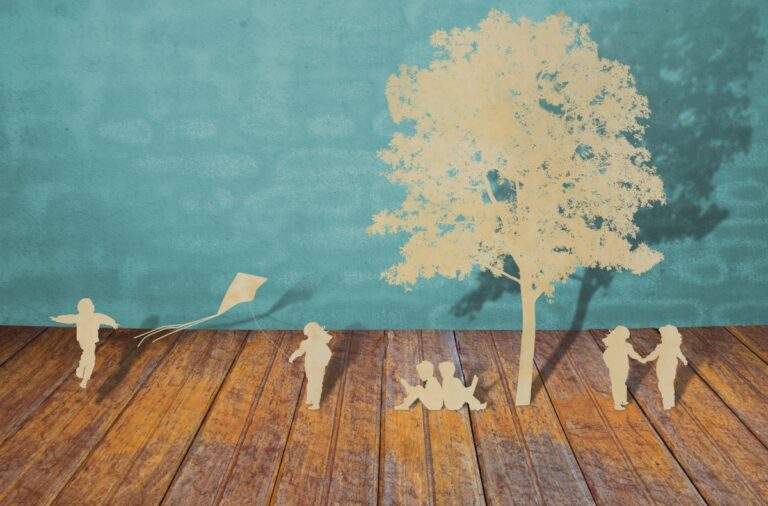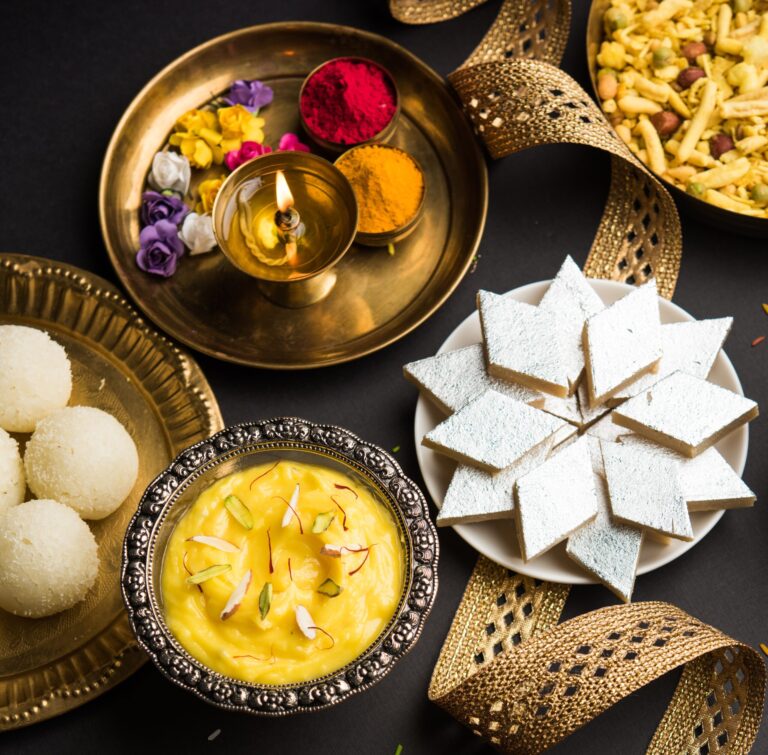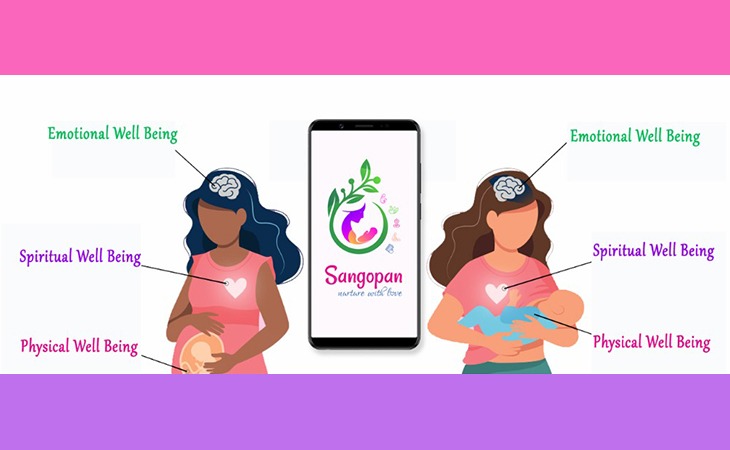ARTh’s vision is to build a global brand and platform that can connect Indian artisans to the globe customer base. They want to build the “Decathlon (Luxe)” for artisanal products, a one-stop shop of contemporary products like jewelry, accessories, home décor products etc., crafted with historical artforms. They do this by working directly with artisan communities and also facilitating their growth. Their patrons don’t just buy an artisanal product, but also get a unique immersive experience of the rich history of the artform, the stories of artisans and the finesse of its artisanry. The company was co-founded by Mr. Nikhil Nadiger and Ms.Shailiza Mayal.
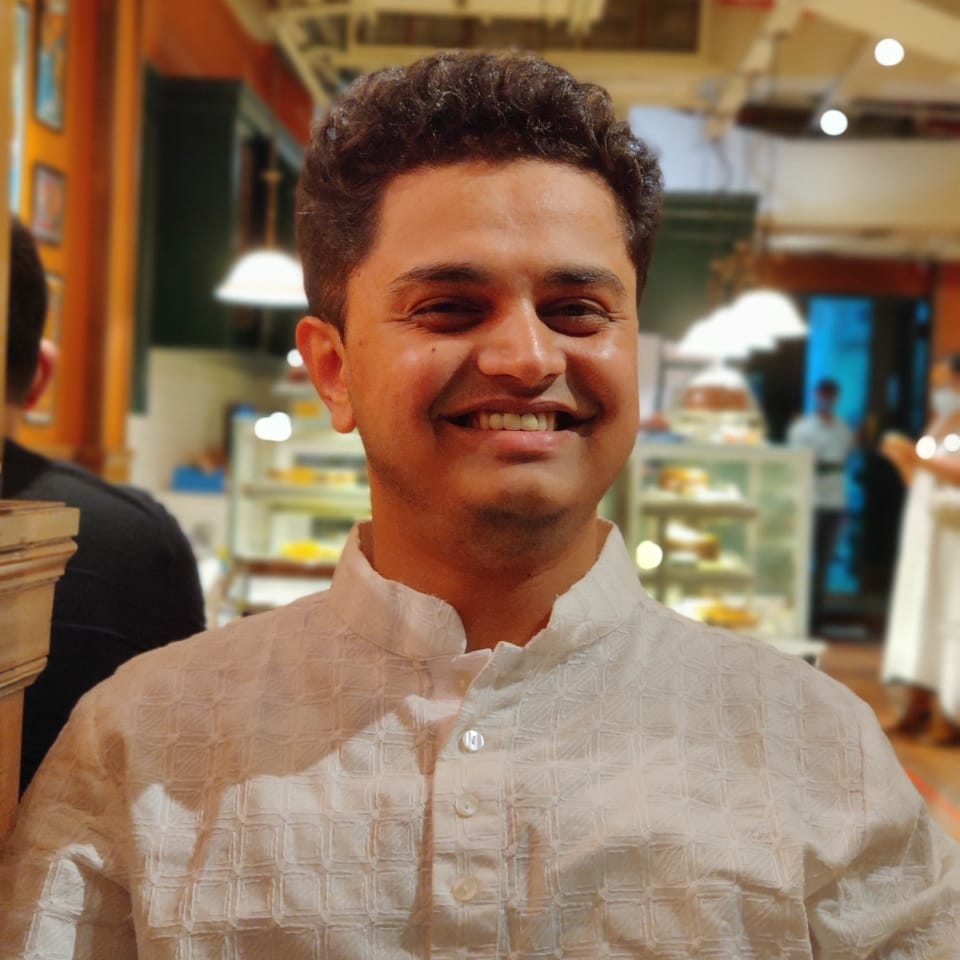
Mr. Nikhil Nadiger, co-founder of ARTh is a Bengaluru boy through and through. He arrived here at an early age when his parents decided to leave their village and settle in Bengaluru. As is typical of the Bengaluru climate, he completed his computer science degree but, in his heart, he always wanted to be a part of the social impact space. Over the last decade, he has worked across various organizations from Teach for India, Janagraha, Mantra4Change, to FortifyHealth etc. His longest stint was with Samara, a governance consulting firm as part of their leadership team. He worked with government leaders on various large-scale issues such as education, skilling, agriculture, public health etc.
He delved into the space of artisanal products during his travels. There are 3000+ traditional artforms in India and more than twenty crore artisans depend on them. Their experiences touched his heart and he started ARTh along with Ms. Shailiza a few months back with a mission to empower and enable artisans to step into a prosperous future.
Follow our conversation with Mr. Nikhil, co-founder of ARTh, a company that encapsulates you in an experience of artisanal jewelry.
Why and How did ARTh come to life?
During the pandemic, various projects that I worked on, specifically the ones targeted to help keep the supply chains active during lockdown, brought to light the economic distress faced by tens of crores of fellow Indians.
After contemplating for more than a year, I left my job to follow my heart and travel the country. This led me to interact with a lot of artisans in rural parts of India, from Rajasthan to Karnataka to Jammu & Kashmir to Jharkhand to Telangana to Gujarat to Odisha. The experiences of my travel included learning from many wonderful and passionate people who have dedicated their lives to helping artisans. This started giving me a sense of what’s happening on the ground, the lives of artisans, their creation processes for artisanal products etc. I started doing some market research, looking at a lot of data, speaking to experts and government officials, export houses, international brands, large corporations etc., to get a sense of the scale.
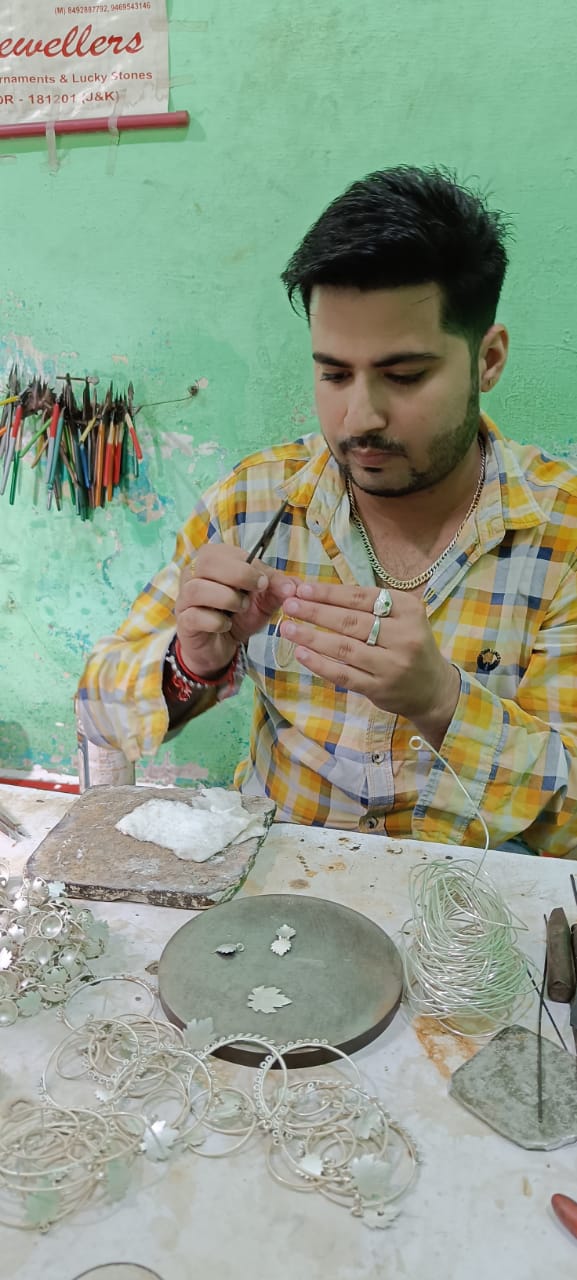
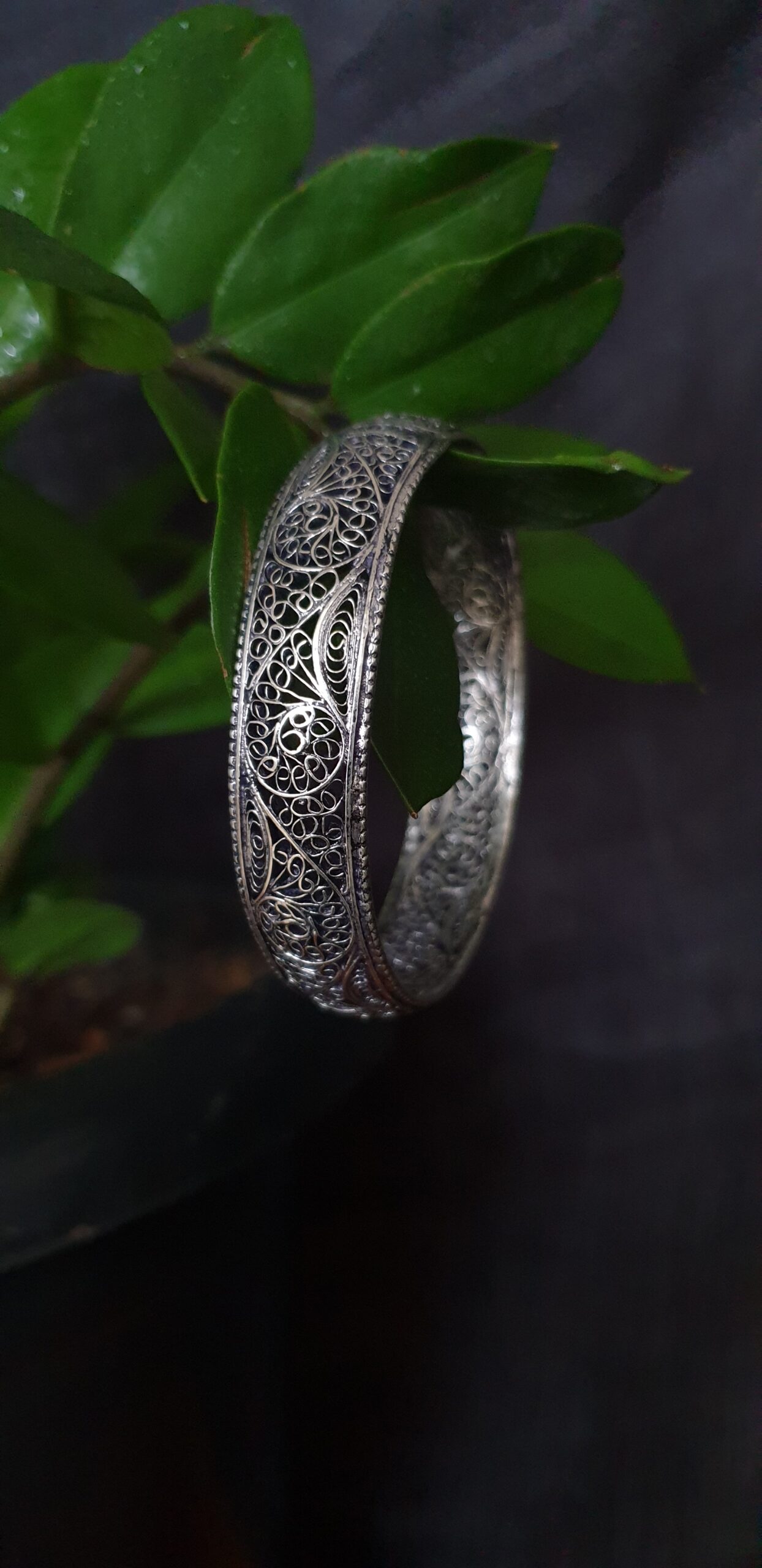
This research led me to find out that the global market of handicrafts is expected to be worth more than 1.2 trillion dollars by 2028. This gives us the surety that there is demand and people are looking out for artisanal products. But as of last year, India’s share in global exports was less than one percent. Imagine twenty crore people from one of humanity’s oldest cultures, meaning that they have an incredible supply of traditional artforms and yet contribute so little to the market?
The trajectory, however, is already on its way to change, while not a precipitous slope, it is promising. Artisans have begun leveraging technology to reach out to consumers. They’re building a more entrepreneurial spirit and are more adventurous – trying different things till they find what works for them. We want to help speed up the scale of this.
Artisanal Products
Art forms in India tend to have very traditional products designed more for the local markets, but not the world. This is why I believe in emphasizing the need for contemporizing these products. To further this, we have been working on simplifying and easing different stages of the process of making an artisanal product to make the most efficient use of time. This way we can focus time and effort on the parts of the process that require true artisanry skills and cannot be replicated. For this reason we follow a rigorous procedure to select the artisans we work with. Their artisanal skill is truly a notch above all. A good designer and industry veteran oversees this process. She works with artisans to create contemporary products that fall in-line with our vision.
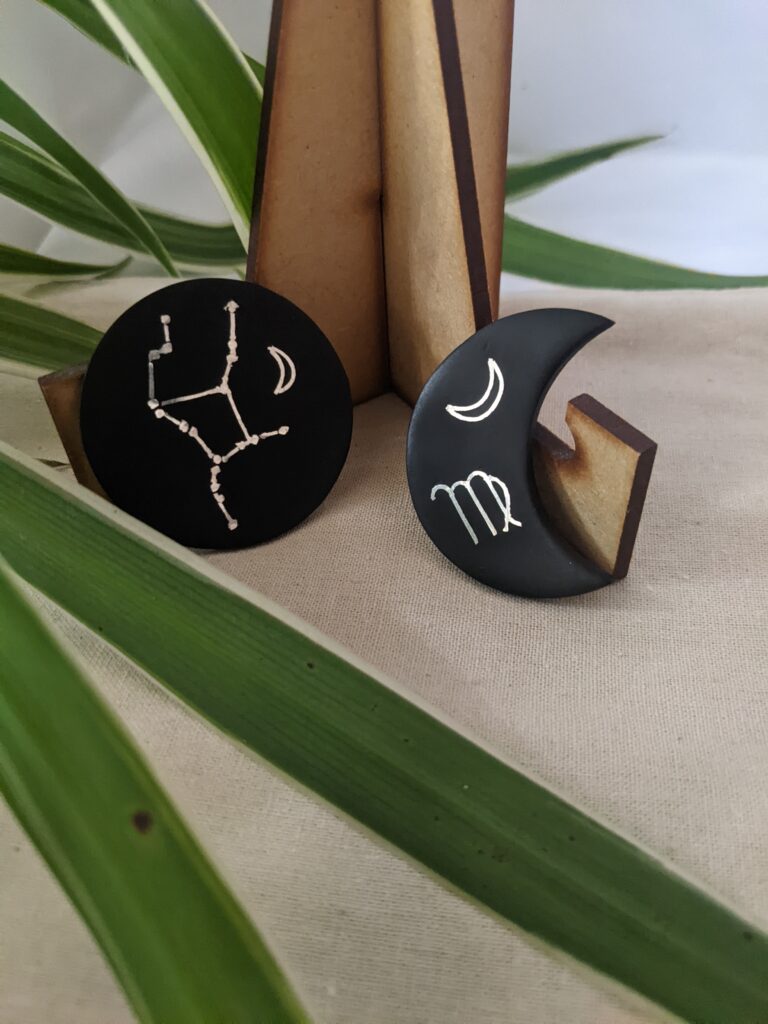
Creating an immersive experience
The way the general population views artisanal products is not complete. We view them as banal goods, but they are so much more. They are not commodities but an experience, the experience of holding a piece of history in your very hands. They should be sold without the tag of commoditization. This tag leads to price bargaining. It causes a distortion of price margin. The artisan who toils and puts in so much hard work takes the cut, getting the lowest income for their goods.
This is where ARTh’s vision comes in. We believe in providing a unique immersive experience to our customers. This comprises of 3 facets- the rich history and culture behind the artform, the story of the artisans themselves and the finesse of the artisanry. Carrying this out is its own challenge that we are tackling.

With pop-up stores and exhibitions, there are physical products for a customer to see, touch and feel. Carrying them through an immersive experience that caters to all their senses is much easier in this form. But how do we do this online? While we are working on forming a complete solution, we have figured out how to fit some of the puzzle pieces. Videos work better than pictures, and the same goes for informative stories over narrative driven ones. A thorough look at our website provides you with our progress over this, and how we have tried to weave together an unforgettable experience.
How do we decentralize our operations?
Our artisans are spread all across the country. So then it comes into question, how does an entity sitting in Bengaluru work with so many different artisans in different places? There are many barriers both culturally and technologically.
To tackle this, before we work with a community, we spend time with them. Just a few weeks back, I visited Bidar in Karnataka. I spent three days meeting artisans, understanding their work and learning some of it myself. This gave me a sense of what their life looks like. This is what truly gives me the motivation to keep going every single day. More importantly, it gives me a sense of understanding of their approach to their work and the differences from mine.
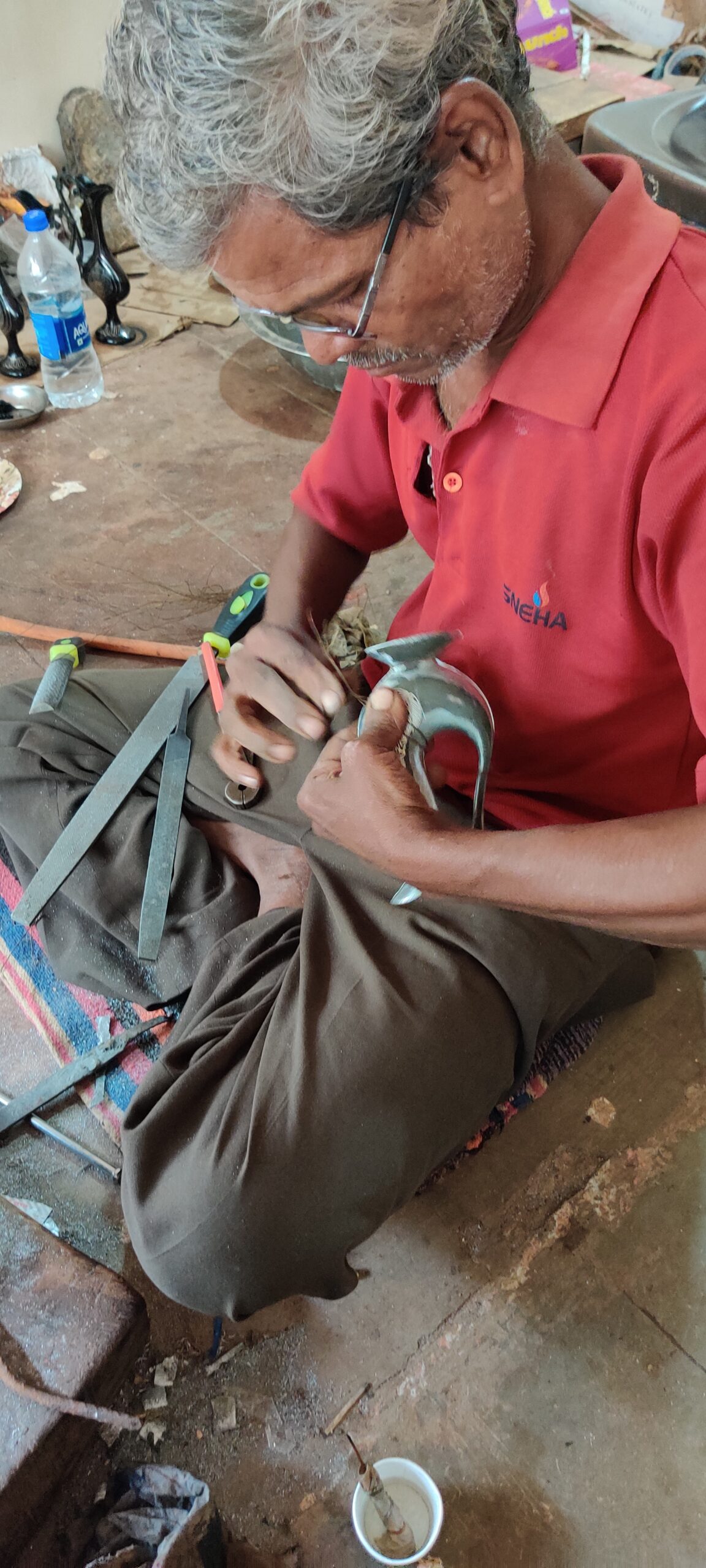
This way I get to build a model that works for all of us together. Our long term goal is to cultivate local talent and help artisans coordinate among themselves. For this we have two people in Bidar who will continue to stay there. They act as a liaison between us and the artisans. The artisans truly feel like someone is there physically to assist them and it helps us streamline operations.
Social Media and its importance
We are building ourselves as an experimental brand, with a unique vision in this field. For this reason, our customers are the core of our business model. We need to figure out how to reach out to consumers across the globe and India who want to buy these products. The most obvious answer would probably be social media as a distribution channel. But in today’s day and age, social media isn’t as straightforward as it seems. It requires spending a lot of time and money to increase reach to the right audience and the need to be innovative to capture their attention.
Then who is the right audience?
To be very frank I am not a consumer of my own brand. I am the most uninformed, typical customer that would walk into an exhibition. I had no sense of the amount of work and effort that goes behind making such delicate and fine jewelry and would instead estimate a price based on the raw materials used or the amount of gold and silver. According to the so-called price tag I would attach to it in my head, I would bargain with the sellers.
It was only after I traveled and not only saw but also did some of the work myself that I realized that it’s not the raw material cost that is valuable, it’s the work they put in behind that product. It can take artisans anywhere from 10 hours to 2 days to make a product. We should give this work due credit and compensation. Only when I was taken through the history behind the art that I saw the product in a new light. I saw it as a gold mine, something that is keeping the legacy of history and imbues the hard work of the artisans. I realized then that this product worth 2000 rupees or maybe even more is sold for simply 200 rupees.
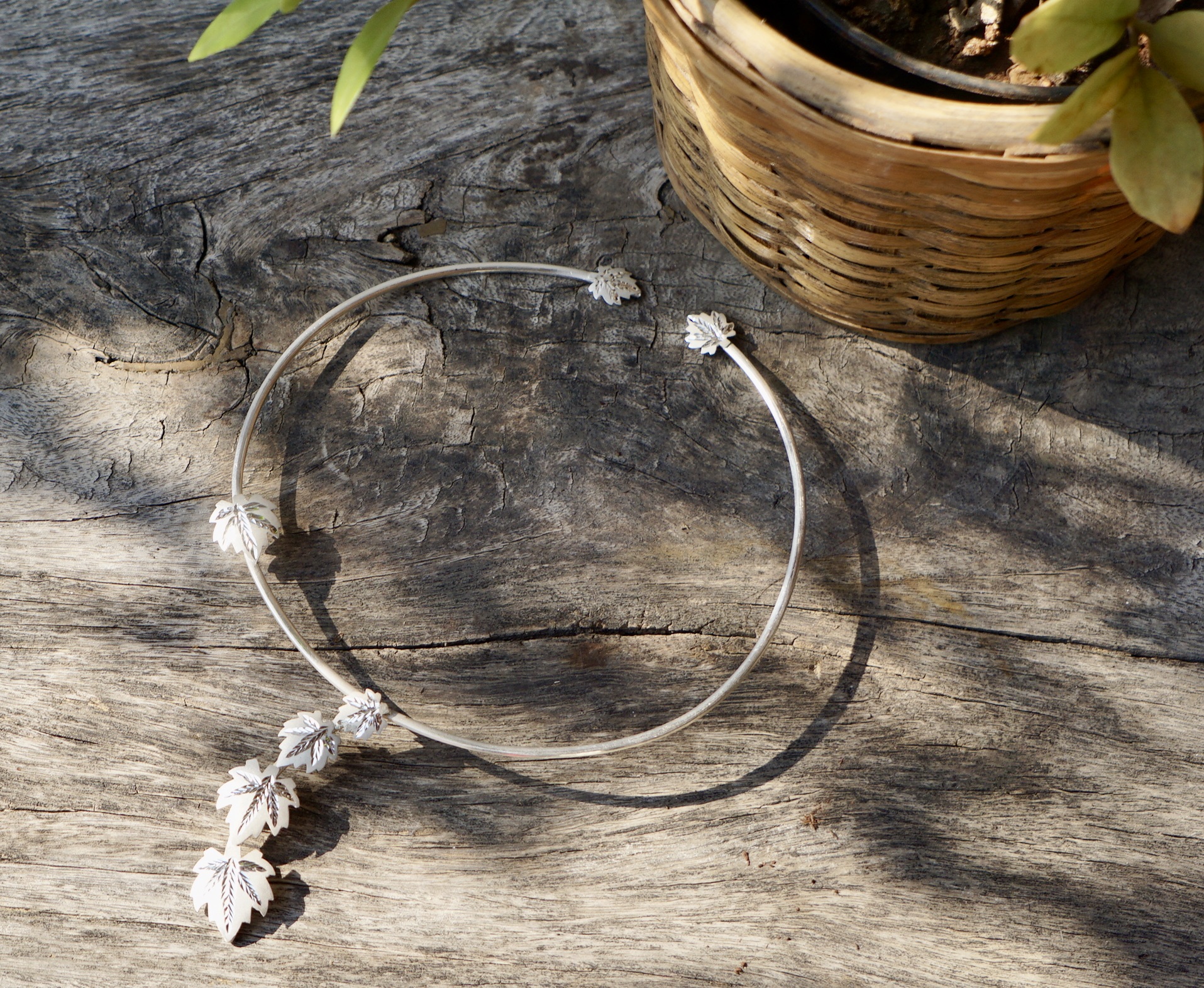
While buying a car we aspire to buy a Rolls Royce or such luxury brands. But why is the cost so high? Simply because of the finesse of craftsmanship, even though the car and its parts are relatively the same. Similarly the products made by these artisans is of top notch craftsmanship and deserves due credit for the same.
Thus, our customers are usually from the upper and upper middle classes. A lot of them are millennials who are working professions earning in lakhs every month. They belong mainly to Tier-1 cities and anywhere between the ages 25 to 40, maybe even 45. A smaller but significant circle of customers are people who appreciate art and the history behind it as well as the artisans. Our main idea is to create a community of people who believe artisanal products need to be valued, not bought.
What has been your biggest learning from this entire journey?
My biggest learning from this has been that it’s possible to successfully build a financial model that creates social impact. All this takes is some genuine collaboration. By this, I mean collaboration that truly adds some value to people’s lives.
Bidri is a dying art form from Bidar. Artisans have carried it on from the 14th century. Our master artisan, Saleem has one main dream, to get the younger generation involved in the art and keep it alive but he hasn’t had the opportunity to do that. For us, we wanted to create contemporary products to facilitate growth. We have a good relationship with Saleem, and we realized, why wait to become a bigger brand to invest back into the community? We are working on putting together a training center in Bidar, which is in early stages of conversation. Hopefully we should be able to launch it by this month, January.

The true goal of any big social impact organization, the community taking charge of their own growth. This center will be community-led, owned and driven falling in line with this goal. It is happening, and all it required was for us to voice our unequivocal support. It truly encapsulates the two meanings of our company ARTh- creating meaning (arth in hindi) and increasing prospects. We never thought we would be able to add value to our journey so soon but it is coming together and we couldn’t be any happier.
Genuine Collaboration – what does this mean?
Collaboration today is a word thrown around with a very cavalier attitude. But true collaboration is a lot more complicated than that. It is much more difficult today to create true value through collaboration. Every organization has their own aspirations and ways of working. True, genuine collaboration requires effort across all sectors and between the two organizations as well, reaching detente to truly provide value to the ecosystem. Adding this value is what truly creates momentum in the cause.
The EdTech sector showcases this. The sector has been booming in the past ten years simply through a linked network. Building on the inherent momentum and keeping with the inertia of it is the crux. I believe this is the biggest value a purpose like ours can create with opportunities for genuine collaboration. We look forward to creating a large movement in the field of artisanry and truly creating and keeping the momentum.
NICEorg wishes ARTh the best of luck in their journey ahead!
If your cultural enterprise is in any of the five focus sectors and you would be interested in being featured, write to us at namaste@niceorg.in
